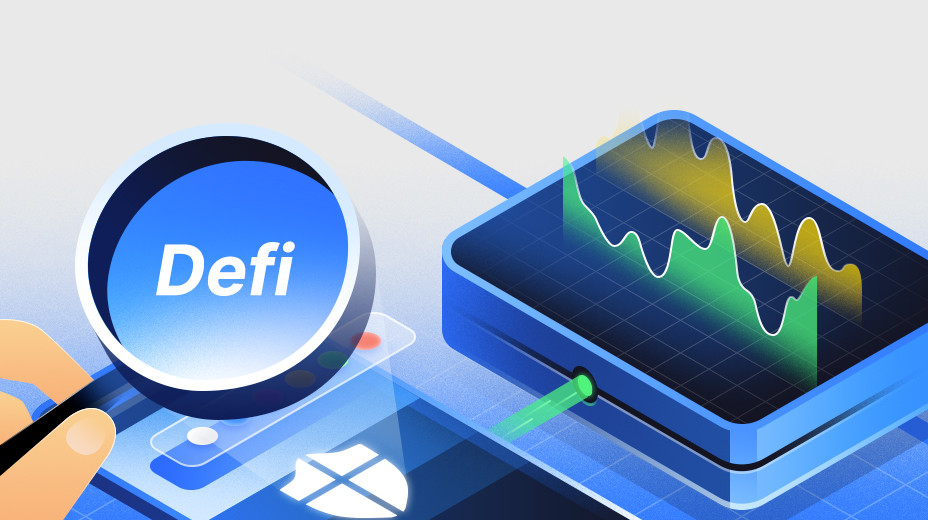Ofertas e Economia de Tokens da Acala
Nesta seção, os alunos obtêm uma compreensão abrangente dos produtos principais da Acala, incluindo o stablecoin multi-colateralizado aUSD, Acala Swap, Homa Liquid Staking e compatibilidade EVM+. Ele aprofunda a utilidade do token ACA, abrangendo seu papel na governança, taxas de transação, staking e incentivos de liquidez, ao mesmo tempo em que explica sua distribuição estratégica para apoiar o crescimento e a sustentabilidade do ecossistema.
Recursos principais da Acala

Stablecoin Multi-Colateralizada: aUSD
aUSD é a stablecoin nativa da Acala, fixada ao dólar dos EUA. É projetada para manter a estabilidade de preço, permitindo aos usuários acessar liquidez sem vender seus ativos. O aUSD é supercolateralizado, o que significa que os usuários devem bloquear ativos como DOT ou outros tokens suportados para cunhar aUSD. Sua estabilidade, amplo suporte de garantia e integração em parachains dentro do ecossistema Polkadot o tornam uma moeda universal para aplicações DeFi.
Acala Swap: Uma Troca Descentralizada
Acala Swap é uma troca descentralizada (DEX) alimentada por um modelo de criador de mercado automatizado (AMM). Facilita a negociação de tokens sem intermediários ou livros de ordens, permitindo aos usuários manterem controle total sobre seus ativos. A DEX também funciona como um hub de liquidez para o ecossistema Acala, suportando trocas entre cadeias e possibilitando a gestão eficiente de ativos através das parachains do Polkadot.
Protocolo de Staking Líquido Homa
O protocolo Homa Liquid Staking aborda as limitações do staking tradicional, permitindo que os usuários apostem ativos enquanto mantêm a liquidez. Os usuários recebem derivativos de staking líquido, como LDOT, representando o valor de seus tokens apostados. Esses derivativos podem ser usados como garantia em aplicativos DeFi, permitindo que os usuários ganhem recompensas de staking enquanto alavancam seu capital para casos de uso adicionais.
Compatibilidade EVM+
O EVM+ da Acala combina a compatibilidade da Máquina Virtual Ethereum (EVM) com as funcionalidades avançadas da estrutura Substrate da Polkadot. Essa característica permite que os desenvolvedores implantem dApps baseados em Ethereum na Acala ao mesmo tempo em que acessam recursos personalizáveis do Substrate, como governança on-chain e modelos econômicos. Ao reduzir a barreira de entrada para os desenvolvedores de Ethereum, o EVM+ promove um ecossistema diversificado e inovador.
Token ACA e sua utilidade
O token ACA é o token de utilidade e governança nativo da rede Acala, essencial para seu ecossistema de finanças descentralizadas (DeFi). Com um fornecimento total fixo de 1.600.000.000 tokens, o ACA facilita várias funções, garantindo a operação e o crescimento contínuos da plataforma.
Distribuição e Alocação de Tokens

No lançamento da rede Acala, 1.000.000.000 de tokens ACA foram criados no bloco de gênese. Essa alocação inicial foi cuidadosamente projetada para garantir a sustentabilidade, crescimento e sucesso a longo prazo do ecossistema Acala. Cada alocação serve a um propósito específico, promovendo inovação, parcerias estratégicas e envolvimento da comunidade.
Participantes de Crowdloan (34%)
340.000.000 tokens ACA foram alocados para os participantes da campanha crowdloan. Essa distribuição incentivou o envolvimento da comunidade e apoiou a Acala na obtenção de sua vaga parachain na rede Polkadot. Ao recompensar os colaboradores com tokens ACA, a Acala fortaleceu seu vínculo com seus primeiros apoiadores, promovendo um senso de propriedade compartilhada e confiança dentro da comunidade.
Parceiros estratégicos (29,1%)
291,300,000 tokens ACA foram reservados para parceiros estratégicos, desempenhando um papel fundamental no crescimento e desenvolvimento da rede. Esses parceiros contribuem com recursos, experiência e conexões que impulsionam a adoção da tecnologia da Acala e expandem seu alcance no ecossistema blockchain. Essa alocação destaca o compromisso da Acala em formar parcerias de longo prazo que estejam alinhadas com sua visão de finanças descentralizadas.
Equipe Acala (20.25%)
202,500,000 tokens ACA foram alocados para a equipe fundadora, garantindo alinhamento com os objetivos de longo prazo do projeto. Essa alocação incentiva a equipe a manter seu compromisso com o sucesso da plataforma, garantindo que permaneçam dedicados ao seu desenvolvimento, segurança e inovação ao longo do tempo.
Reserva (11.6%)
116.200.000 tokens ACA foram reservados como fundo de reserva para necessidades futuras. Essa alocação fornece à Acala a flexibilidade para lidar com desafios imprevistos, aproveitar oportunidades emergentes e manter a estabilidade financeira durante fases críticas de crescimento.
Desenvolvimento do Ecossistema (5%)
50,000,000 tokens de ACA foram dedicados ao desenvolvimento do ecossistema, impulsionando a inovação e o crescimento dentro do ecossistema da Acala. Esses fundos são usados para apoiar projetos, desenvolvedores e iniciativas que estejam alinhados com a missão da Acala de construir um hub financeiro descentralizado e interoperável. Essa alocação garante que o ecossistema permaneça dinâmico, colaborativo e visionário.
Governança e Operações de Rede
Os detentores de tokens ACA desempenham um papel ativo na governança da Acala. Ao terem tokens ACA, os usuários podem propor, discutir e votar em decisões relacionadas a atualizações de protocolo, alocação de recursos e ajustes de parâmetros econômicos. Esse modelo de governança descentralizada garante que a Acala evolua em alinhamento com a visão coletiva da comunidade.
ACA também é usado para operações de rede, incluindo o pagamento de taxas de transação, taxas de estabilidade e penalidades. Isso cria uma demanda consistente por tokens ACA e apoia o modelo econômico da plataforma.
Utilidade e Incentivos
Staking e Segurança
Os tokens ACA são apostados para apoiar a segurança da rede e ganhar recompensas. Isso incentiva a participação a longo prazo e melhora a estabilidade da rede.
Garantia para aUSD
Os usuários podem bloquear tokens ACA para emitir aUSD, utilizando ACA como garantia dentro do sistema de stablecoin. Essa funcionalidade melhora a utilidade do token e fornece um mecanismo prático de geração de liquidez.
Provisão de Liquidez
Os tokens ACA são usados para incentivar programas de mineração de liquidez na Acala Swap e em outros dApps. Esses incentivos atraem participantes, garantindo pools de liquidez ativos e um ecossistema vibrante.





